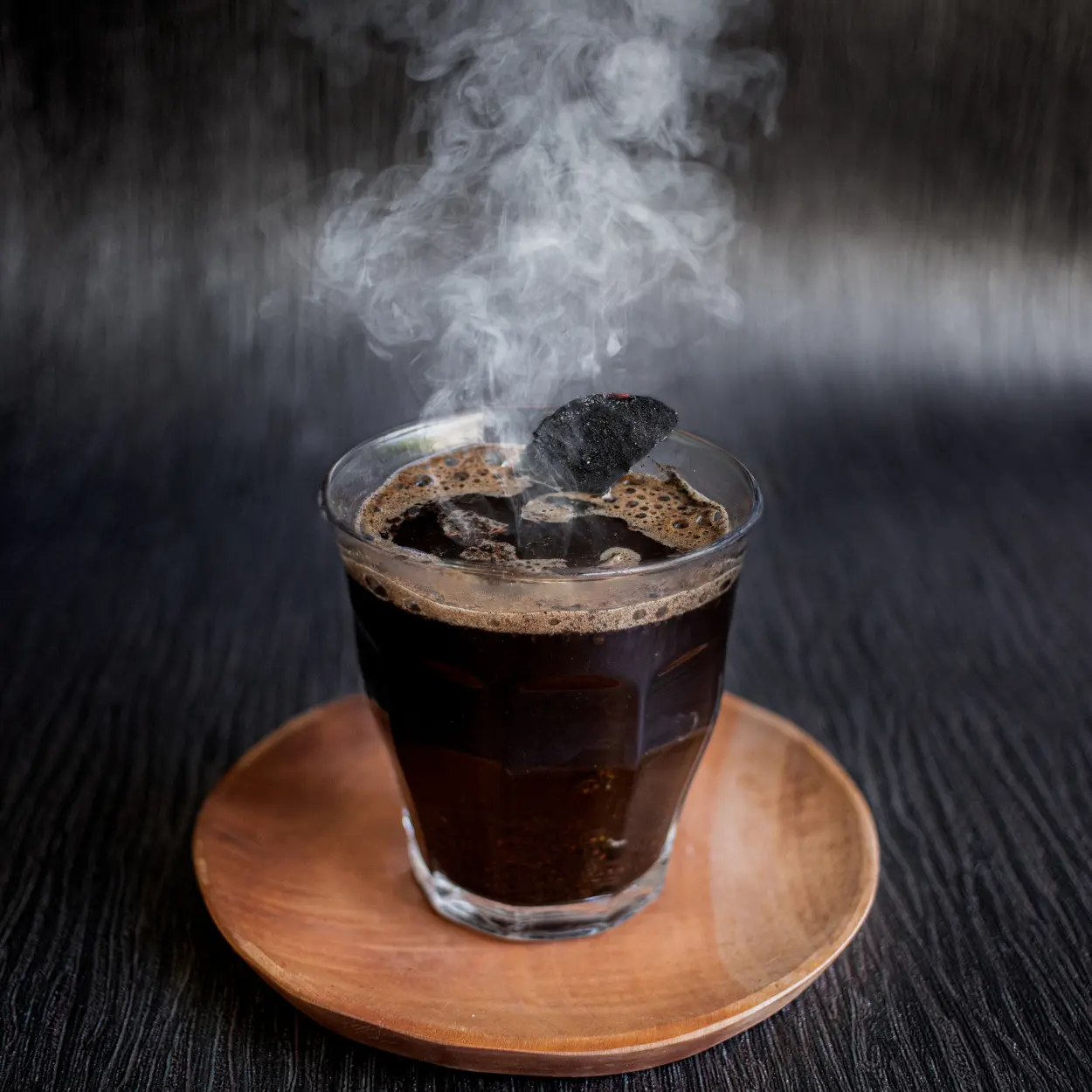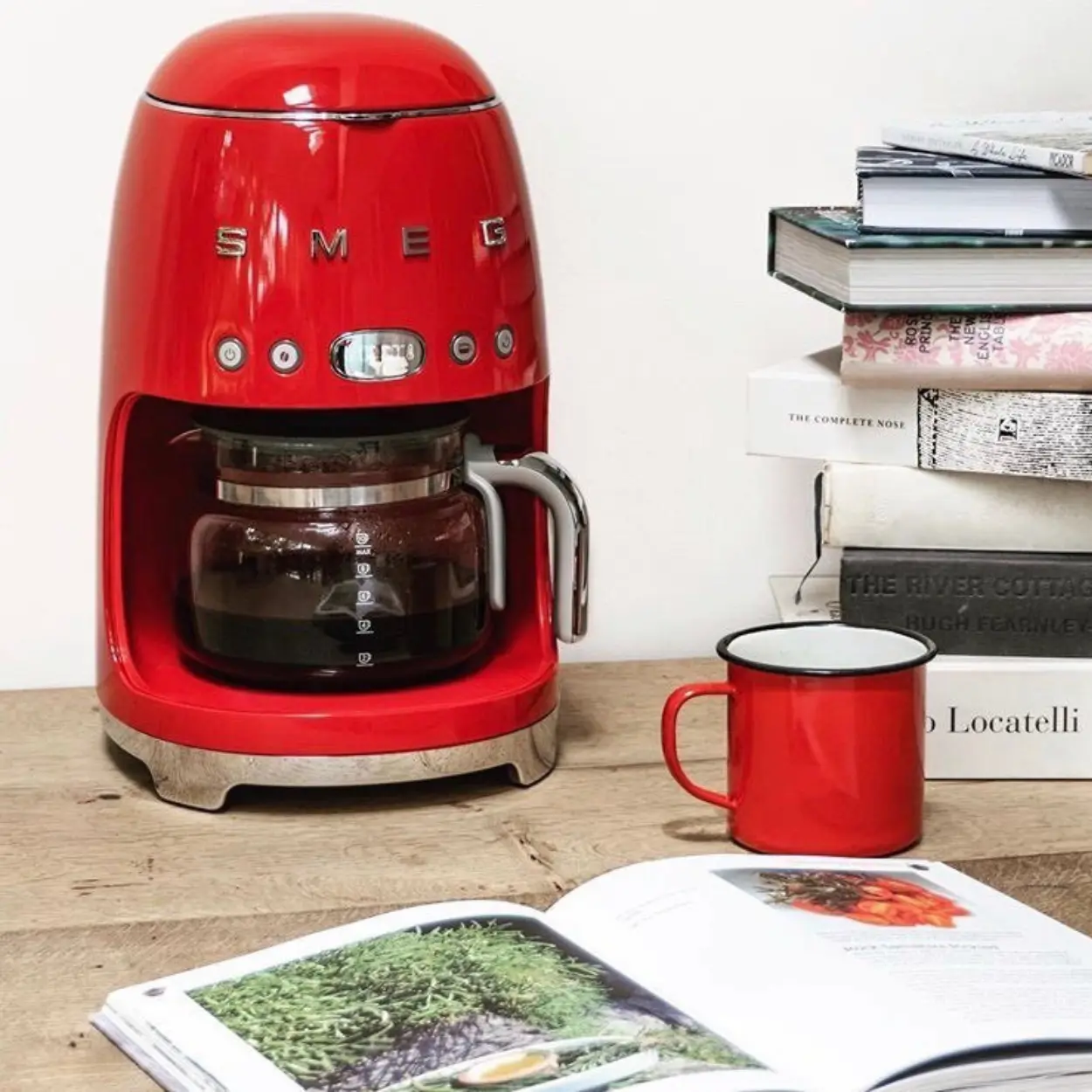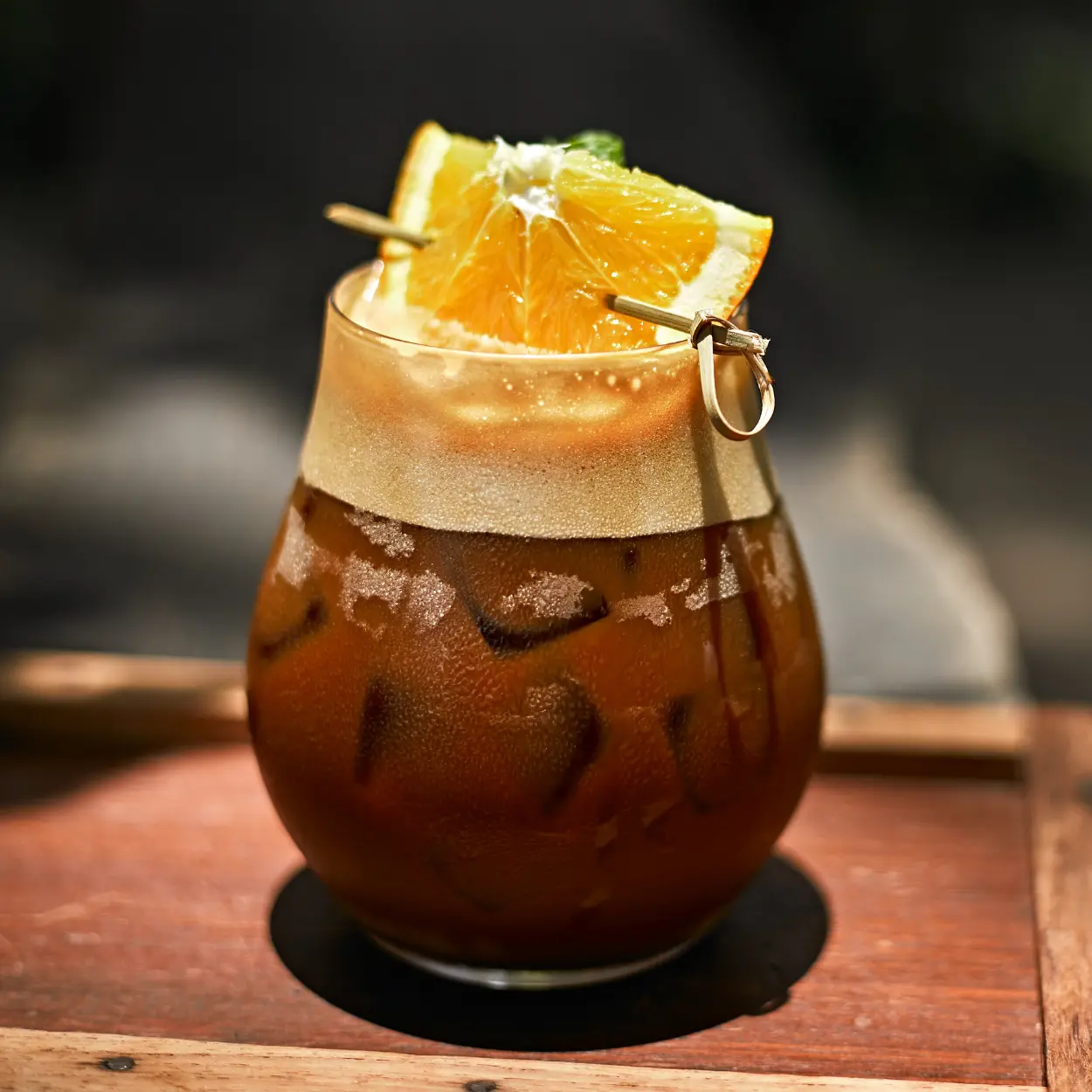In the vibrant landscape of global coffee culture, Indonesia presents a brew that’s as intriguing as its origins. The kopi joss, an Indonesian coffee drink, stands out not just for its unique preparation but also for the surprising element it introduces charcoal. Dive with us into Java’s rich tapestry of flavors and traditions as we explore the allure of charcoal coffee and the captivating story of this delectable concoction.
Kopi Joss: Key Takeaway
- Origins and Tradition: Kopi joss, an Indonesian coffee specialty from Yogyakarta, incorporates a unique element – a piece of red-hot charcoal – distinguishing it from regular brews.
- Health Perspectives: While many locals believe that the charcoal in this coffee drink neutralizes acidity and reduces caffeine, consumers need to approach it with knowledge and moderation given the limited scientific backing.
- Cultural Significance: Beyond just a beverage, kopi joss symbolizes Java’s innovative spirit and is deeply embedded in its coffee culture, often consumed as a remedy for stomach ailments.
- Taste and Experience: The interplay between coffee and charcoal not only imparts a caramel-like flavor to the drink but also offers a unique sensory experience, especially for first-time tasters.
- Influence on Tourism: As a unique and authentic coffee experience, this concoction attracts numerous visitors to Java, enhancing its status as a sought-after tourist destination.
What is Charcoal Coffee? – The Origin and History of Kopi Joss
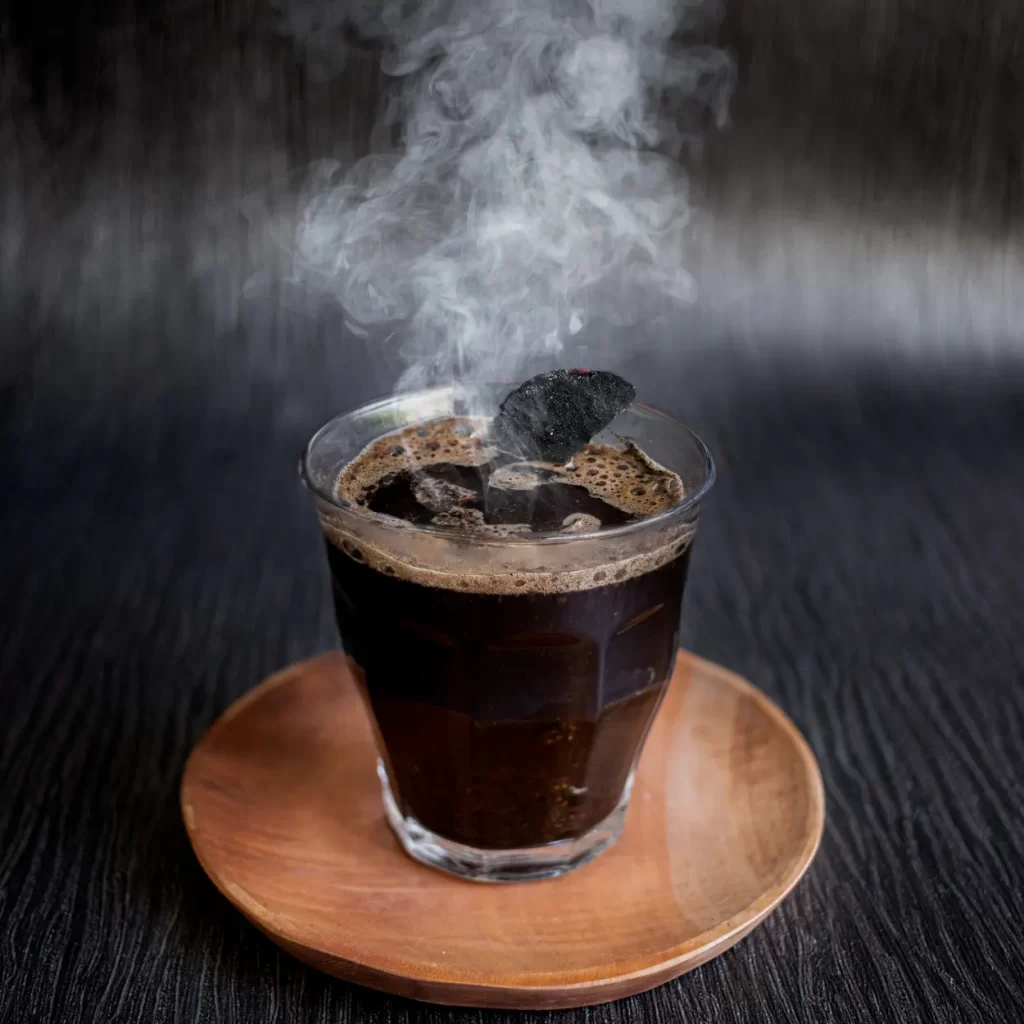
Charcoal coffee, often referred to as kopi joss coffee in Indonesia, has emerged as a unique beverage tradition, intertwining the rich history of Java’s coffee culture with a peculiar twist. Understanding its origins and significance is essential to truly appreciate its unique appeal.
Ancient Java and its Coffee Roots
Dive deep into Java’s rich history, where coffee isn’t just a beverage but a cultural emblem, tracing its roots back to the days of Dutch colonization.
Land of Coffee
With the increasing popularity of the beverage, a strong rivalry emerged in the quest to nurture coffee beyond the borders of Arabia. It wasn’t until the latter part of the 17th century that the Dutch managed to obtain coffee seedlings. Their initial endeavors to cultivate these seedlings in India proved unsuccessful; however, their endeavors in Batavia, situated on the island of Java in present-day Indonesia, yielded positive results. The coffee plants flourished, leading to the Dutch establishing a thriving and expanding coffee trade. Subsequently, they broadened their coffee cultivation efforts to encompass the islands of Sumatra and Celebes.(1)
To delve deeper into the rich history of coffee cultivation, consider exploring our detailed article on Sumatra Coffee.
Rise of a Coffee Hub
As centuries rolled on, Java metamorphosed into a prominent tourist attraction. With this transformation, its reputation as a coffee powerhouse solidified. This connection is palpable in its bustling coffee markets, the aroma wafting through its streets, and its vibrant coffee culture that tourists and locals alike relish.
The Emergence of Charcoal in Coffee
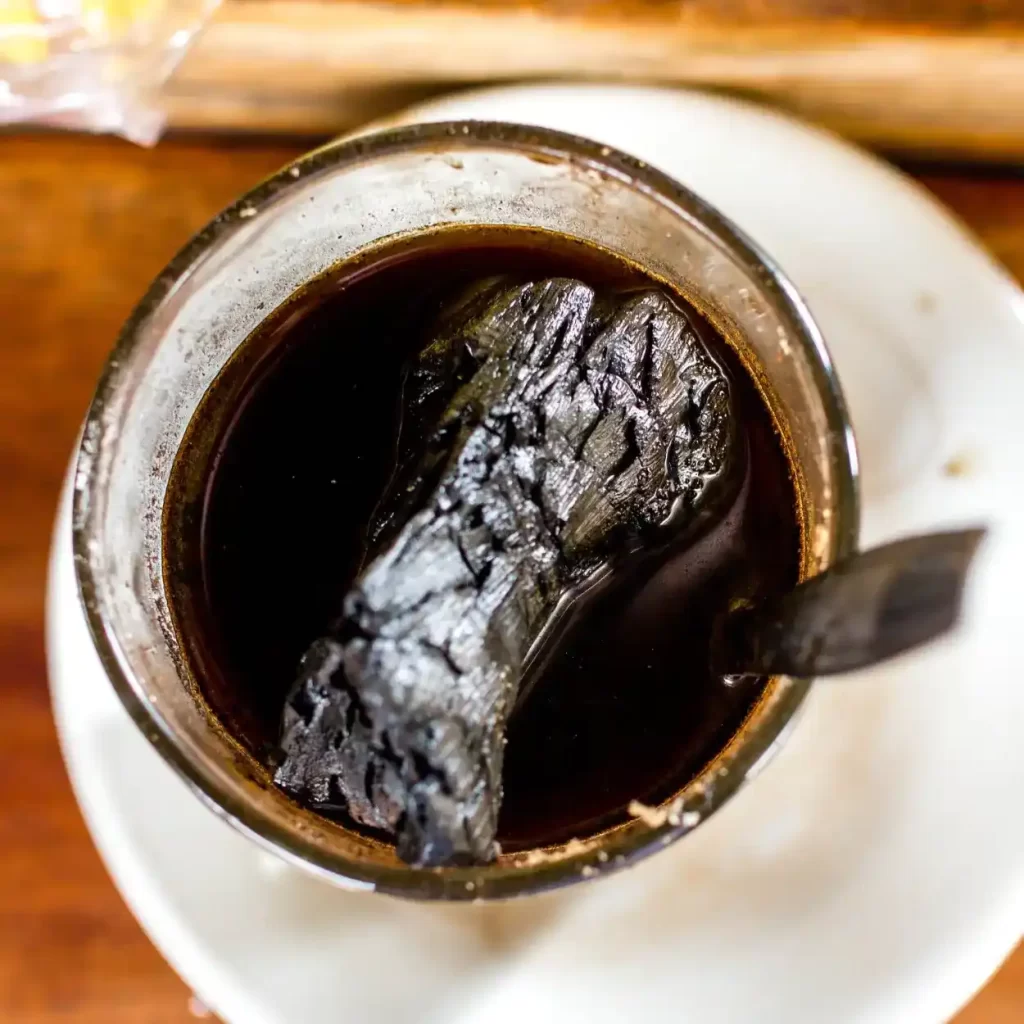
Explore the serendipitous inception of combining smoldering charcoal with coffee, an innovation that arose from a simple desire to soothe discomfort.
- A Serendipitous Discovery: The unique infusion of charcoal into the coffee can be attributed to Pak Man, known to many as “Mr. Man”. Around the 1960s while managing his quaint coffee stall, Pak Man, driven by an unusual intuition, introduced a piece of smoldering charcoal into his coffee, hoping it would soothe his upset stomach. To his surprise, not only did it alleviate his discomfort, but it also imparted a distinctive flavor profile to the beverage.
- Unique Flavor and Experience: The name “kopi joss” is derived from the distinctive sizzling sound produced when the hot charcoal meets the coffee. The result? A beverage that some describe as having a hint of caramel and burnt sugar, while others claim it bears resemblance to their regular cup of joe.
Kopi Joss’ Rise to Cultural Significance
Journey through the transformative ascendance of this delectable beverage, as it evolved from a local peculiarity in Yogyakarta to an esteemed cultural phenomenon.
- From Modest Beginnings to Renown: Following his inadvertent discovery, Pak Man introduced the charcoal coffee concept to his clientele. Many patrons, enticed by this novelty, testified to its pleasant taste and purported benefits. From a mere local delight in Yogyakarta, this coffee concoction grew to become a sought-after attraction for both natives and tourists.
- Beyond a Beverage: Over time, the beverage’s experience has transcended just taste. For many, it embodies innovation, tradition, and a sense of community. Initially luring the young and adventurous, its fame spread across ages and geographies, with claims (though medically unverified) of its health benefits adding to its allure.
By tracing the journey of this lovely drink from the soil of Java to the charismatic stalls of Yogyakarta, one gains a profound appreciation for the rich tapestry of tradition, innovation, and serendipity that this unique charcoal coffee embodies.
The Intriguing Preparation of Kopi Joss
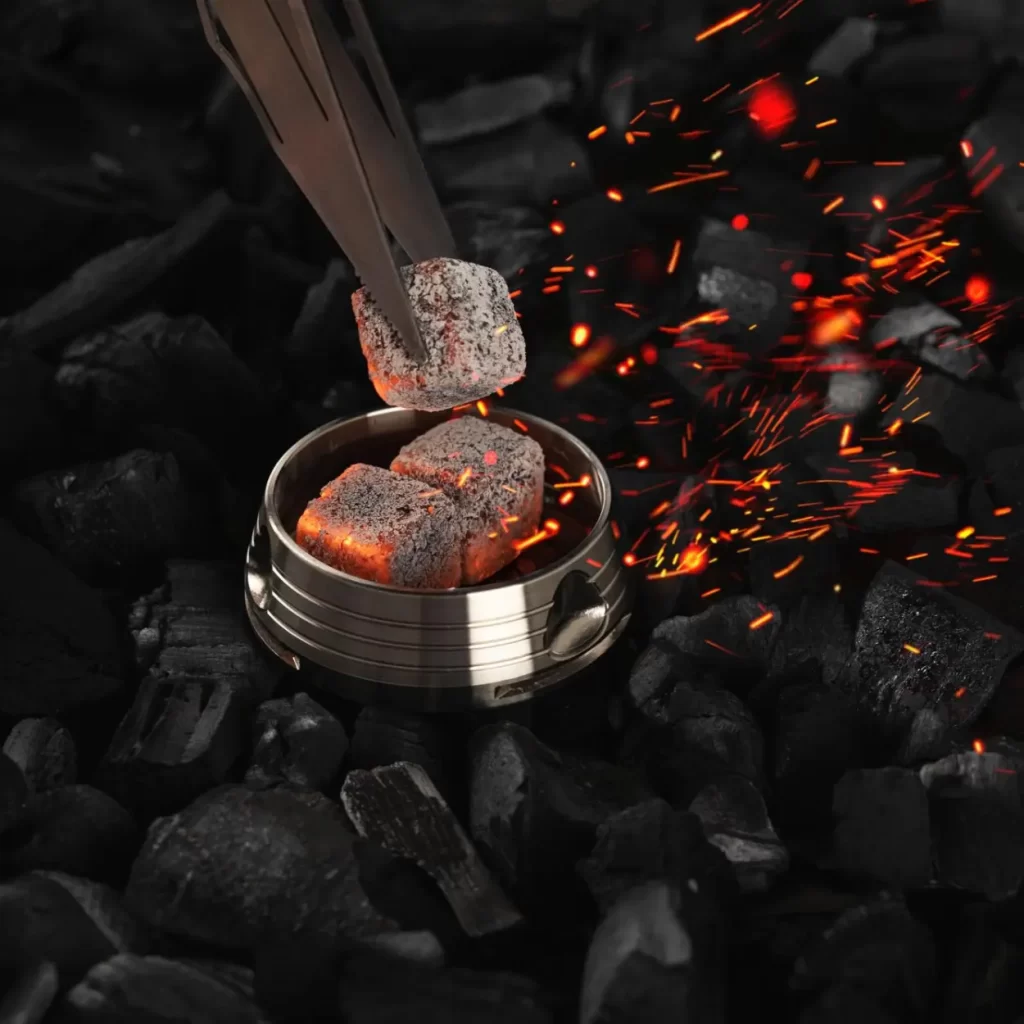
This delightful beverage, intriguingly named after its unique incorporation of charcoal, offers coffee enthusiasts a blend of tradition and novelty. Let’s delve deep into the preparation process of this distinctive brew that merges traditional Javanese coffee-making with a sizzling charcoal touch.
Traditional Ingredients and Proportions
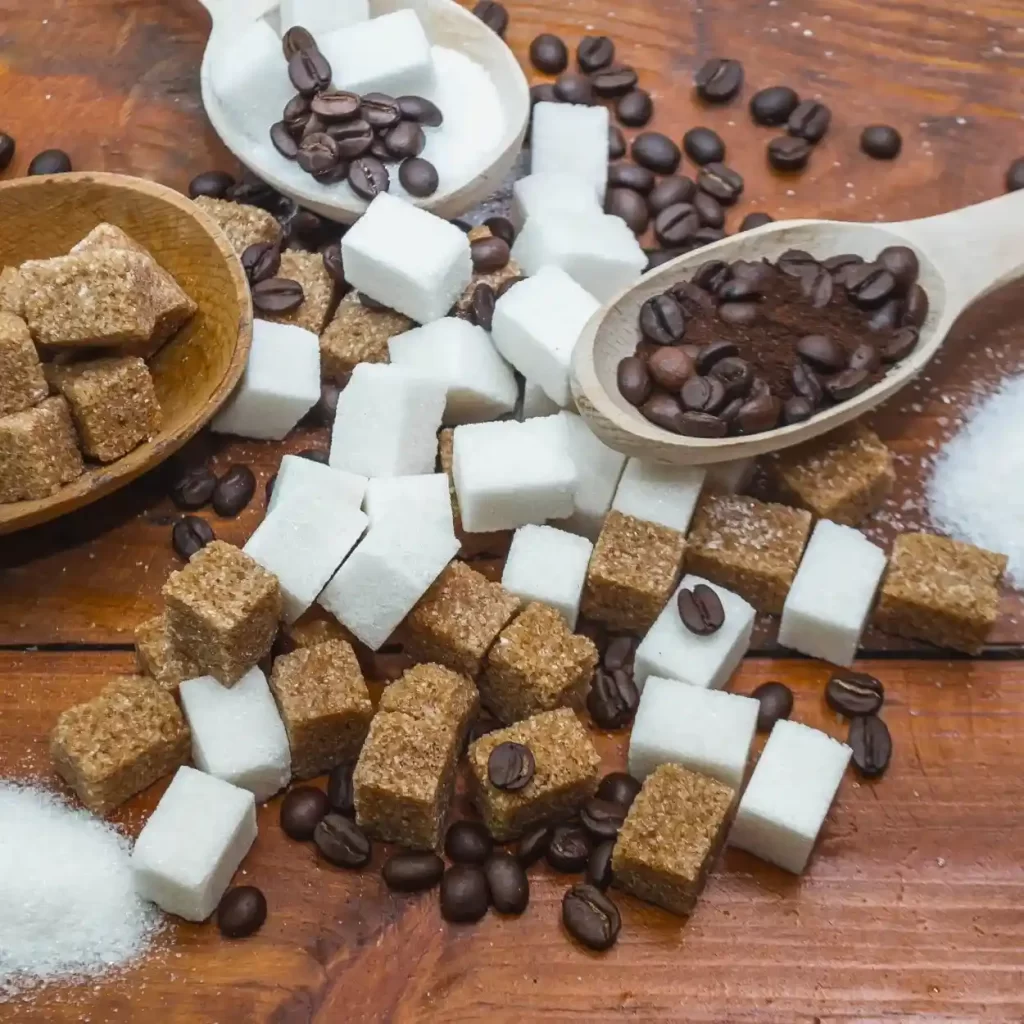
The beauty of this drink lies not just in its unconventional ingredients but also in its timeless base. Here’s what goes into making the primary concoction:
- Coffee Grounds: The foundation of any good coffee, the grounds are loosely placed, offering a rich taste to the brew.
- Sweet Touch: Sugar is integrated into the mix, sometimes accompanied by condensed milk, enhancing the beverage’s sweetness and creaminess. Those with a preference for milkier coffee might want to reduce the sugar content to maintain a balanced taste profile.
The Charcoal: Types and Selection

What sets this coffee drink apart is the searing chunk of charcoal that crowns the coffee. However, choosing the right type of charcoal is vital:
- Origin: The charcoal piece, intriguingly, originates from the very wood stack used for boiling the kettle of water. This not only ensures the coal’s heat but also its authenticity in blending flavors.
- Size Matters: Contrary to some expectations, this isn’t a tiny ember but a sizable piece, responsible for imparting the distinctive burnt undertones to the coffee.
The Brewing Process: From Beans to Burning
Brewing a cup of this lovely concoction isn’t just about merging ingredients; it’s a ceremony:
- The Foundation: Begin with loosely placed coffee grounds, sugar, and optionally, condensed milk, creating a blend ready for infusion.
- Boiling Infusion: Directly from a traditional tin kettle, boiling water is poured, initiating the brewing process.
- The Charcoal Finale: The moment of magic arrives when a red-hot piece of charcoal, emanating warmth and sizzle, is placed directly into the brew. Contrary to some initial thoughts, it doesn’t come housed in any fancy container but floats freely. For the desired taste without the overpowering burnt essence, it’s crucial to let the charcoal steep for a mere minute before its removal. The result is a tantalizing blend reminiscent of burnt butter-caramel coffee, though some might grapple with the loose grounds in each sip.
The experience of sipping on kopi joss is a journey – from the anticipation of its preparation to the very last drop, offering coffee lovers an adventure beyond the typical.
The Unique Taste Profile of Kopi Joss
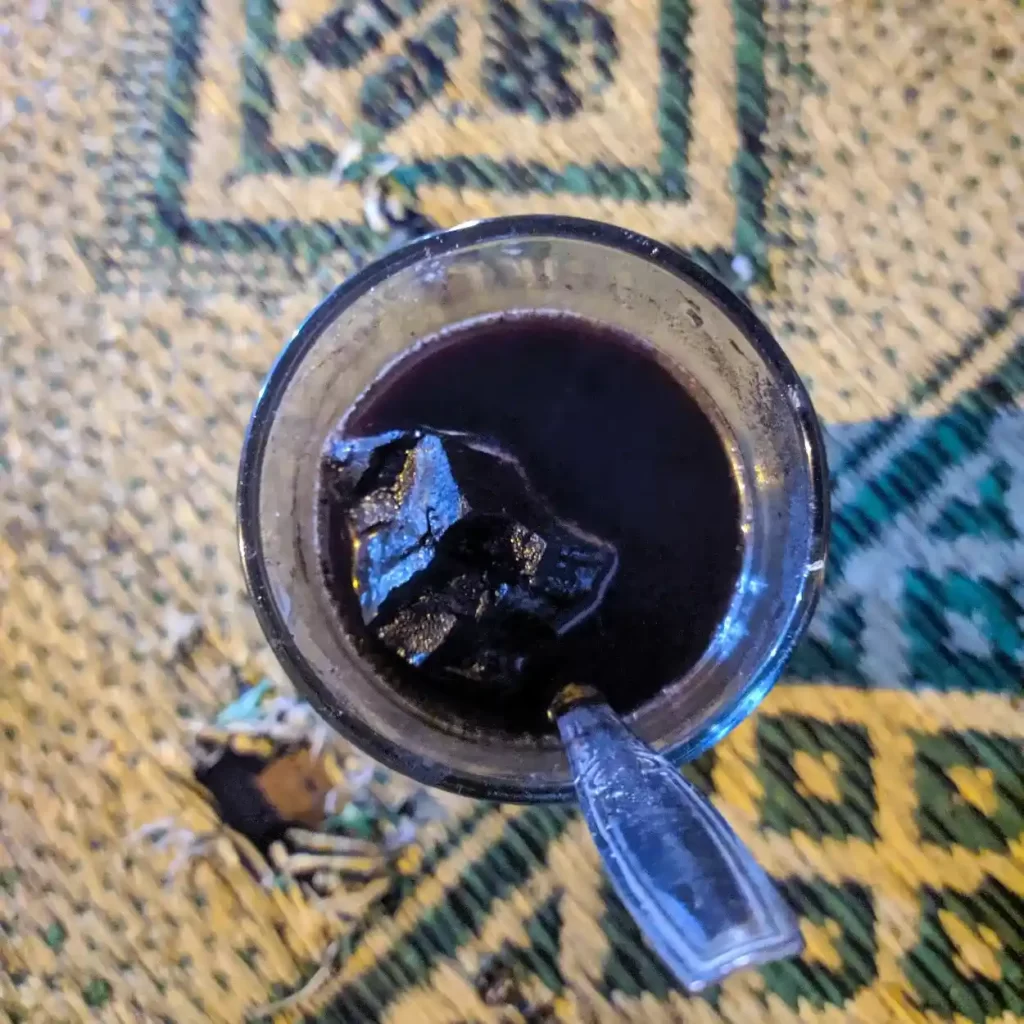
This delectable coffee drink presents a symphony of flavors, a result of the melding of classic coffee tastes with the unexpected smokiness of charcoal. This combination crafts a taste profile that stands distinct in the vast world of coffee. For those eager to embark on this sensory journey, here’s what you can anticipate.
What to Expect: A First Timer’s Experience
Venturing into the realm of this concoction for the first time can be a blend of curiosity and uncertainty. Here’s a glimpse into the sensory experience awaiting a novice:
- Visual Appeal: The sight of a glowing piece of charcoal floating atop a steaming cup of coffee can be quite arresting, offering the first hint that this isn’t your average brew.
- Aromatic Allure: While the familiar rich aroma of coffee is present, there’s an added layer of earthy, smoky scent that beckons, preparing your palate for the taste that follows.
- Taste Adventure: Upon the first sip, traditional coffee flavors make their presence known, but soon after, a smoky undertone reminiscent of campfires and toasted marshmallows emerges. The aftertaste? A hint of caramelized sugar that lingers delightfully.
The Interplay between Coffee and Charcoal
The beauty of this drink lies in its balance. Here’s how coffee and charcoal collaborate:
- Coffee’s Role: Coffee, with its rich and robust profile, serves as the foundation. Its natural bitterness and aromatic compounds provide a depth that’s essential to counterbalance the strong notes introduced by the charcoal.
- Charcoal’s Contribution: Charcoal introduces a smoky dimension. Far from overwhelming, it intertwines with the coffee’s flavors, lending an earthiness that is both surprising and delightful. It’s this interplay that results in the burnt butter caramel undertone many aficionados rave about.
Pairing Recommendations for an Enhanced Experience

While this beverage is a sensation in its own right, pairing it with complementary edibles can elevate the experience:
- Sweet Pastries: Given the smoky, slightly bitter profile of kopi joss, sweet pastries, particularly those with creamy fillings or caramel drizzles, can offer a delightful contrast.
- Savory Snacks: Think toasted sandwiches or savory crackers. The saltiness can enhance the coffee’s natural flavors while playing well with the smokiness of the charcoal.
- Chocolate: Whether it’s dark chocolate with its inherent bitterness or milk chocolate with its creamy sweetness, both can be sublime companions to this beverage, making every sip a treat.
Navigating the intricate flavors of this concoction is akin to a gourmet adventure, with each sip revealing something new, something unexpected, but always something memorable. Whether you’re a first-timer or a seasoned connoisseur, the allure of this unique blend remains consistently captivating.
Health Implications: Myths and Realities
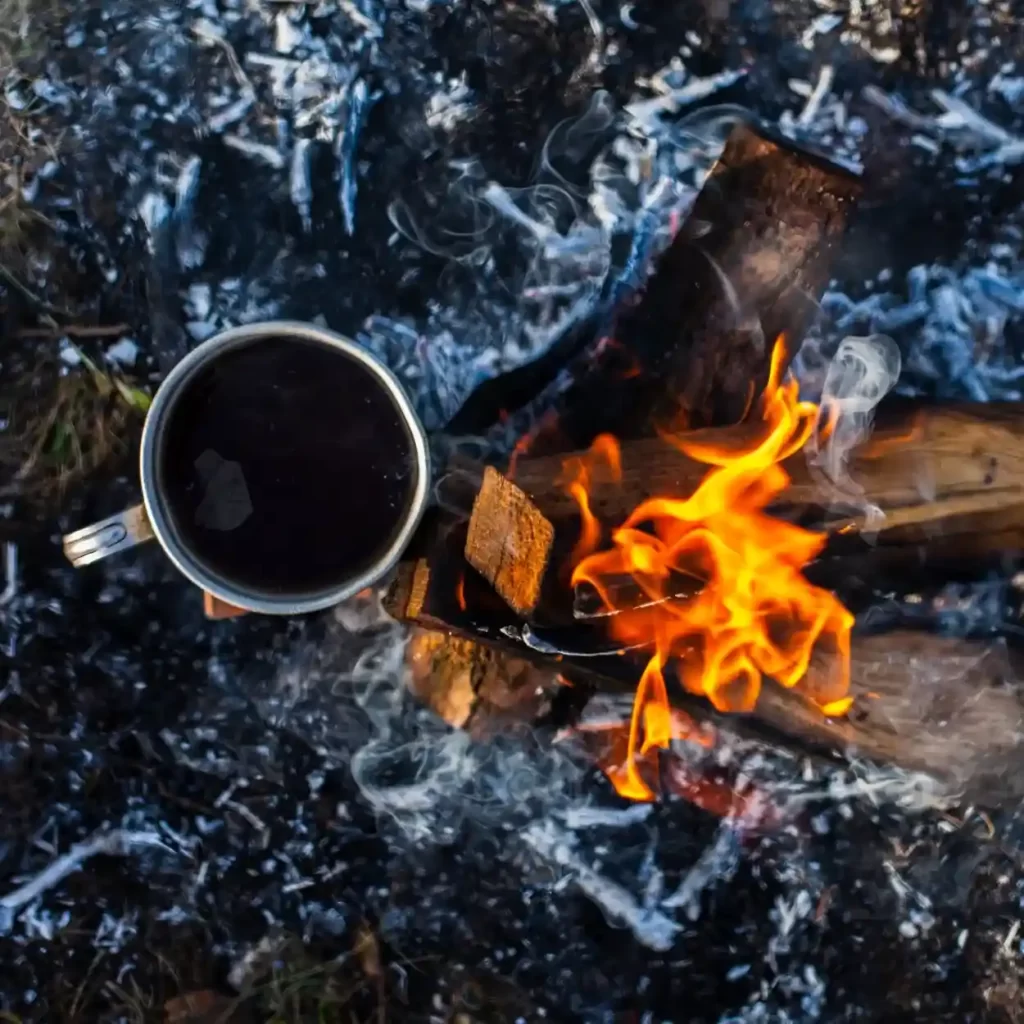
Navigating the health landscape of kopi joss can be as intricate as its unique flavor profile. With ancient beliefs in its therapeutic properties juxtaposed against modern-day scientific skepticism, it’s pivotal to discern the myths from the realities.
Ancient Beliefs about Kopi Joss and Health
Historically, this beverage was much more than just an innovative blend; it was perceived as a remedy. Here’s what tradition tells us:
- Neutralizing Acidity: A cornerstone of the kopi joss legend is its touted ability to neutralize acidity. By incorporating smoldering charcoal, the coffee undergoes a metamorphosis that not only alters its taste but also makes it more agreeable for those with sensitive stomachs.
- Caffeine Content Reduction: Ancient aficionados believed that charcoal absorbed some of the caffeine, potentially toning down the stimulant effects of the brew.
- Flavor Enhancement: Beyond health, the charred wood fragment gently caramelizes the sugar, endowing the coffee with a unique, caramel-like flavor profile.
The Science Behind Consuming Charcoal
Modern science offers a nuanced perspective on the consumption of charcoal, especially in the context of this coffee drink:
- Activated vs. Regular Charcoal: It’s imperative to distinguish between activated charcoal, renowned for its detoxifying properties (2), and the type used in kopi joss. The latter isn’t activated and, as such, its health implications differ.
- Carcinogenic Concerns: The introduction of charred materials into edibles raises eyebrows due to the potential release of carcinogens. Such concerns stem from studies on overcooked and burnt food, although a direct correlation with this drink remains speculative.
Benefits and Concerns: A Balanced View
While the allure of this delectable beverage remains undeniable, it’s essential to approach its health dimensions with a balanced perspective:
Pros:
- Stomach Soothing: Many locals assert that kopi joss alleviates stomach discomfort, making it a preferred choice for those with digestive sensitivities.
- Reduced Caffeine: As previously discussed, the belief that charcoal absorbs some caffeine content might be favorable for those looking to lower their caffeine intake, though empirical evidence is lacking.
Cons:
- Ingestion Risks: The act of consuming charred wood fragments has raised concerns. While many traditional practices have found their place in modern wellness, it’s essential to be cautious and informed.
- Carcinogenic Speculations: While there’s no concrete evidence linking this drink to carcinogenic effects, the introduction of charred materials in food and beverages typically merits caution.
In the realm of this tasty coffee, where tradition meets modernity, discernment is key. While enjoying this unique brew, it’s always wise to be informed, savoring not just the taste but the rich tapestry of stories and beliefs that accompany every sip.
Conclusion
In the vast realm of global coffee varieties, the kopi joss stands as a testament to Indonesian coffee innovation and Java’s enduring spirit of culinary adventure. This unique blend of charcoal coffee isn’t just a beverage; it’s a journey through history, culture, and flavor. As we’ve delved deep into the world of this delicious coffee drink, it’s evident that this Indonesian gem encapsulates more than just a morning pick-me-up. It’s a reflection of tradition, resilience, and the timeless allure of coffee experimentation. As you savor your next cup, remember the rich tapestry of stories and traditions that brew within every sip.
FAQ
How has kopi joss impacted Java's tourism?
This drink has become a unique attraction, drawing curious visitors to Yogyakarta seeking an authentic and novel coffee experience.
Is charcoal in kopi joss safe for consumption?
While many locals enjoy this concoction without issues, it's essential to ensure the charcoal is fully cooled and removed before consumption, and it's always a good idea to consume in moderation.
What are the cultural significance and rituals associated with kopi joss?
This coffee drink holds a special place in Java's coffee culture, symbolizing innovation and resilience, and is often consumed as a remedy for stomach ailments.
